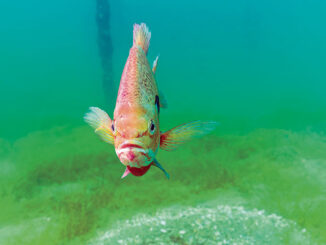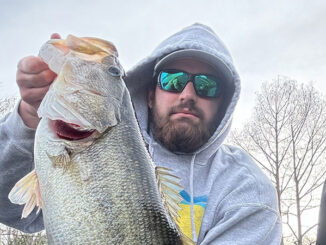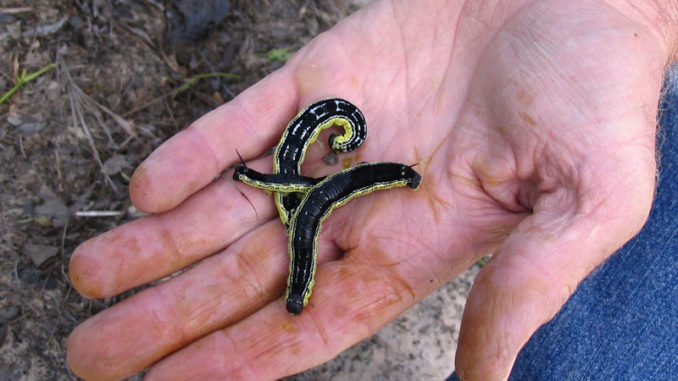
When it comes to catching fish, nothing works consistently quite as well as live bait.
This comes as no surprise to most of us. Artificial baits are, in a word, “artificial.” If we know that, sometimes the fish do, too.
Everyone has been on those fishing trips when the fish could be caught on just about any bait thrown in the water. Those are good times. More often than not, however, fish are selective and kind of picky about what they put in their mouths. That brings us back to using live bait.
For those occasions when live bait is the only thing the fish are biting, you have a couple of options. Grab your wallet and visit the local bait shop or plan ahead and grow your own bait! Growing your own bait is easy and really doesn’t require much effort. Save yourself time and money on your next fishing trip.
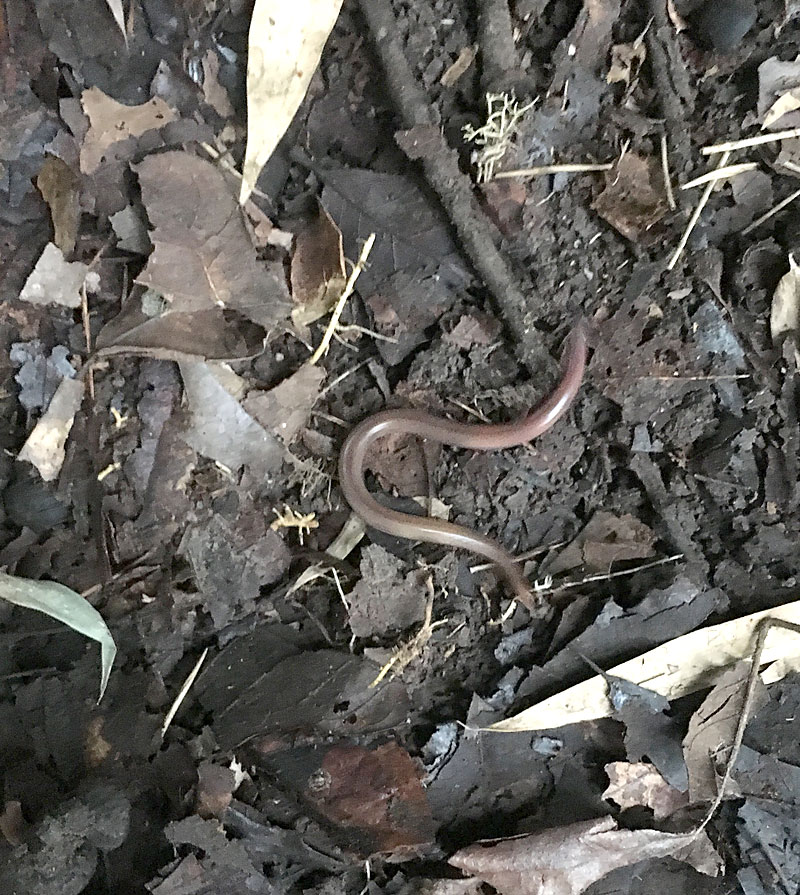
First and foremost, every angler needs a worm bed. Let’s be clear, I’m not suggesting that you build one to help the worms sleep better. This is in reference to a compost pile on the edge of your yard or in a shaded area where the ground stays moist. If done right, native earthworms will naturally take up residence in your compost pile.
Give them a good start
With that said, you always have the option of giving them a head start by placing some good quality worms in the compost pile so that they will multiply. Either way you will have worms.
So what makes good compost material? Leaves, corn shucks and vegetable scraps from the garden all make excellent compost. Just keep in mind that worms like damp, moist places so locate your worm bed accordingly. Also, your compost material should be placed thick enough so that as the material begins to decompose, it creates a layer adjacent to the natural ground that is cool, moist, and rich in organics. This organic layer next to the natural ground is where you will find most of your worms.
Secondly, every serious angler needs a catalpa tree of his own, or at least one he has access to. The catalpa tree and its resident worms are a wonder of nature as far as I’m concerned.
As participants in an annual ritual, these hungry yellow and black worms emerge from the ground and appear on the tree leaves. These worms gorge themselves until all of the leaves are completely gone, becoming big, fat and juicy in the process. Remember, don’t wait too long to collect your bait from the tree. When all the leaves are gone, these weary participants will return underground to begin the cycle again.
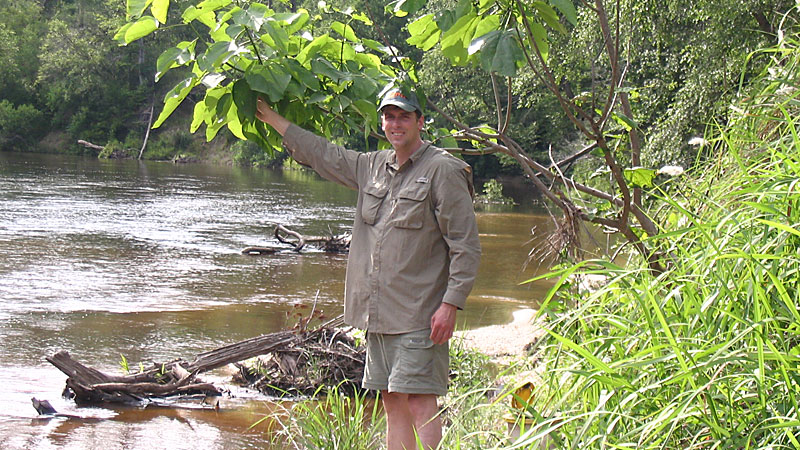
A pinch will do
Most knowledgeable bream or white perch (crappie) fisherman can tell you about this kind of bait. If you haven’t tried fishing with catalpa worms, you have missed out. Because these worms grow to a fairly large size, all you may need is a pinch off of a worm to catch a fish. Although they are very messy and your hands will be green with the juice they will squirt on you, it will be well worth your while when you are pulling in fish after fish. The best way to obtain a catalpa tree is to find a young catalpa tree in the woods, perhaps on the creek bank, and dig it up. Don’t forget to protect the root ball and keep it moist until you can set it out on your property.
Catalpa worms can be used for bream, crappie and catfish.
Finally, if you have the time or the inclination, much bait can be found in the wake of a passing lawnmower.
Crickets, grasshoppers, and katydids are all excellent bait for bream, bass, and white perch. All you need to grow these insects is grass. If you live in the country or have a big yard, have someone follow the lawnmower or bush hog with the cricket cage. I normally do not discriminate as to what kind of bait I collect when following the mower.
Crickets work well for bream. With regard to grasshoppers, be a little more selective. I only keep the tender green ones. Most fish don’t care much for a tough brown grasshopper. For big bass, don’t pass up the chance to catch a big green katydid. Putting a big green katydid on your hook almost certainly means hauling in another nice sized bass. They just can’t stand it! The katydid will flutter its wings and struggle as it sinks below the water. Most bass will not pass this up, so be ready.
So when the fishing gets tough this summer don’t forget about the opportunities that you have to collect bait right around your house. Having a variety of live bait at your disposal will certainly help you catch more fish especially when nothing else will work.
The post “Grow your own baits” first appeared on MS-Sportsman.com.
